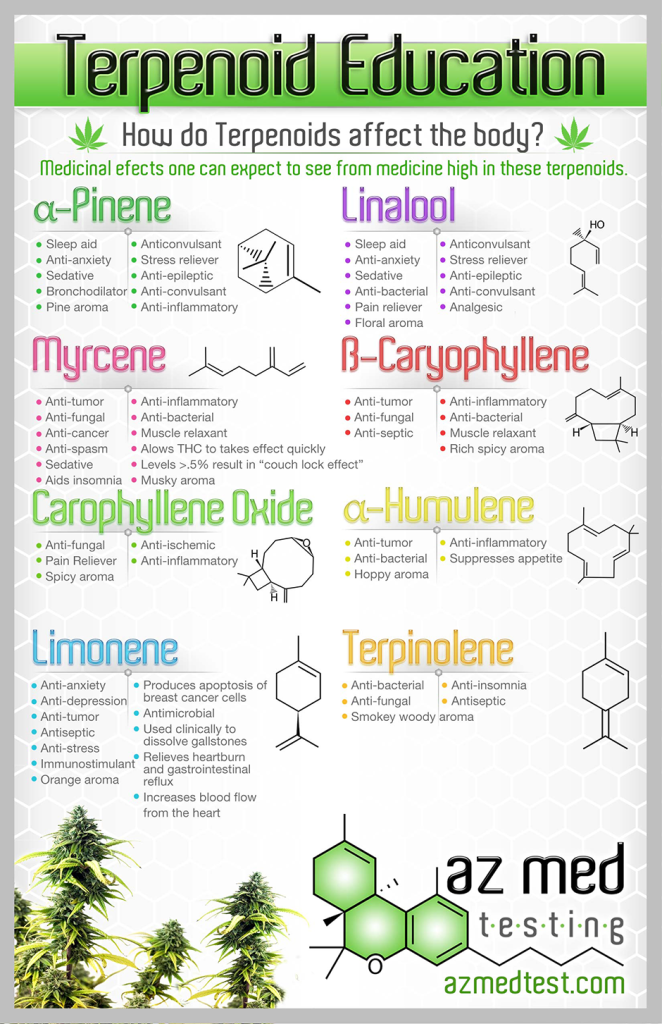1788
Hemp
(Cannabis sativa) arrived in Australia with the First Fleet at the
request of Sir Joseph Banks, who marked the cargo 'commerce' in the
hope that hemp would be produced commercially in the new colony,
growing enough to supply the British Navy with rope! For 150 years,
governments in Australia actively supported the growing of
'industrial hemp' with gifts of land and other grants.
1857
The
first Australian drug law was an Act imposing an import duty on
opium, the primary purpose of the law was to discourage entry of
Chinese into Australia, rather than to restrict the importation of
opium itself. These first laws were carefully worded to apply to
opium in smokable form only, not opium as taken by the European
population. Australians in the nineteenth century were among the
world's biggest consumers of opiates in patent medicines, most
contained alcohol, morphine or both. Laudanum (opium and alcohol) was
taken regularly by adults and children to calm them! Cannabis was not
consumed on a large scale (although it was readily available for sale
as cigarettes called 'Cigares de Joy' until the 1920's)
1901
Customs
Act
1913
Australia
signed the Hague International Opium Convention on narcotics (well
over 100 narcotic drugs were controlled under the Convention) and
extended importation controls over drugs other than opium.
1925
The
Geneva Convention on Opium and Other Drugs imposed restrictions on
the manufacture, importation, sale, distribution, exportation and use
of cannabis, opium, cocaine, morphine and heroin allowing for medical
and scientific purposes only, despite the fact that cannabis use as a
medication was rare in Australia at the time.
1926
Cannabis
importation and use was prohibited by the Australian Commonwealth
Government with federal legislation implementing the 1925 Geneva
Convention on Opium and Other Drugs.
1928
Australian
state of Victoria enacts Poisons Act and becomes the first state to
prohibit the use of cannabis; other Australian states followed suit
slowly over the next three decades.
1934
South
Australia prohibits the use of cannabis.
1935
New
South Wales prohibits the use of cannabis.
Queensland
prohibits the use of cannabis.
1940
The
Australian Commonwealth Government extended import restrictions on 'Indian hemp', including preparations containing hemp.
1950
Western
Australia prohibits the use of cannabis.
1959
Tasmania
prohibits the use of cannabis.
Before
the 1960's
Drug
use was not completely unknown, but dependent drug use was typically
the result of the use of opiates after first using them for medical
reasons. There were drug dependent doctors (and their wives) and a
small bohemian subculture that used drugs. Many Australian arrests
for drug offences involved visiting jazz musicians!
1961
Australia
signs the International Single Convention on Narcotic Drugs. This
convention supports an obligation to make cannabis available as a
medicine. Most current State and Federal cannabis control Acts in
Australia are in contradiction of this.
Throughout
the 1960's
Emergence
of the concept of 'recreational' drug use, the consumption of
cannabis, heroin, LSD and other psychoactive drugs for pleasure or
spiritual enlightenment occurred for the first time, and in
Australia, drug use became widespread, if not mainstream, rather than
an activity pursued by a few painters or poets. The official response
was increased law enforcement, and legislative change to extend the
range of offences and increased penalties for drug offences.
1962-1975
The
Vietnam War contributed to the significant increase in drug
consumption in Australia with US soldiers on 'rest and recreation'
leave creating a market for cannabis and other illicit drugs and
providing a glamorous example for the locals. The 'old' Australian
drug laws were mostly under the various state Poisons Acts,
reflecting an underlying approach of regulation and control of
medicinal substances, with potentially addictive drugs legally
available only on a doctor's prescription.
By
1970
All
the states had enacted 'new' drug laws introducing a distinction
between use, possession and supply offences. Penalties for possession
and use increased and very substantial penalties were introduced for
drug supply, especially supply of large quantities ('drug
trafficking').
1985
The
Federal and State Governments adopted a National Drug Strategy which
included a pragmatic mixture of prohibition and a stated objective of
harm reduction. Harm reduction has been an official part of
Australian drugs policy ever since, although most resources by far
are devoted to policing and border patrol attempts at interdiction
('supply reduction'). In all states, the impact of prohibitionist
laws on drug users is somewhat modified by a number of diversion
programs, diverting some eligible users from the criminal justice
system to cautions or treatment.

















/cdn0.vox-cdn.com/uploads/chorus_asset/file/2430002/marijuana_map.0.0.png)









